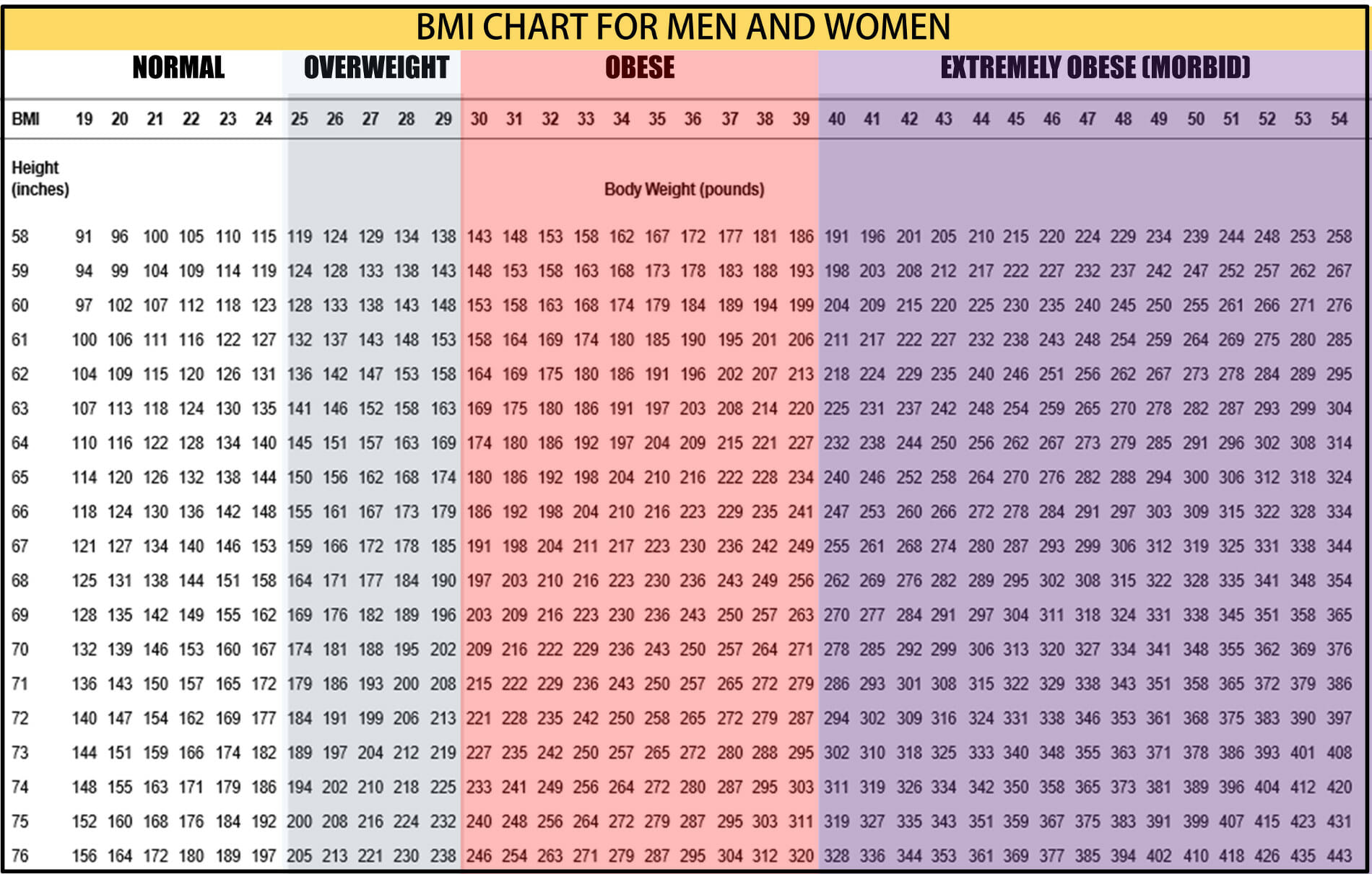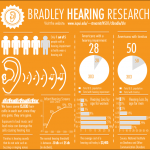Body Mass Index, or BMI, is a relatively easy measurement of the height to weight ratio. BMI allows any person to approximate their body fat content by utilizing a simple formula that may indicate a need to visit a doctor regarding overweight or underweight health problems. It is important to note that the BMI calculation costs no money to pursue, so it is a good beginning to any weight loss program or initiative.
BMI can be calculated by using an online BMI calculator or by using the mathematical formula and manually calculating the results. An online calculator can perform the calculations automatically, and allows the user to simply input a height, weight, age, and gender in order to receive results. The first and easiest formula consists of converting one’s height to centimeters and weight to kilograms. The formula is as follows: BMI = weight (kilograms) / height (centimeters) squared. The second formula requires a few more steps:
1. Multiply weight (in pounds) by 0.45.
2. Multiply height (in inches) by 0.025.
3. Square the answer from step 2.
4. Divide step 1 by step 3.
This formula allows for the conversion in an easy way, allowing the use of a calculator to figure out the BMI.
A healthy range for the BMI is between 18.5 and 24.9. Any range below is considered to be underweight, and any range above is considered to be overweight. A BMI of 30 or above generally indicates obesity. The risks of being overweight or obese are immense, and can include increased risk of heart attack, stroke, cancer, high blood pressure, diabetes, kidney failure, bone and tissue degeneration, and can increase risks to the baby and mother during pregnancy. Risks of being underweight are just as bad, and can include malnutrition, a weakened immune system, anemia, fragile bones and tissues, hair loss, thyroid issues, and mental health issues as well.
It is important to note that BMI is not as accurate as some other body fat calculators and is generally used as a predictive model for change rather than a diagnosis of obesity. BMI is not always accurate for certain body types or ages, and is never accurate for pregnant women. More accurate measurements of body fat content can come from utilizing a tape measure and actually measuring portions of the body in an effort to discover fat deposits that can be worked on with diet and exercise. Body density measurements and blood testing can be completed at a doctor’s office for more accurate results as well.
BMI is important to one’s health. What is it and how is it calculated? #HealthStatus
Key Points:
- 1Body Mass Index measures fat content compared to height and establishes a range for healthy values
- 2High and Low BMI are both health risks, and should both be considered, but ultimately your doctor should be your number one source for health advice.
- 3There are alternatives to BMI’ing including using fat calipers, BIA, and underwater weighing.








